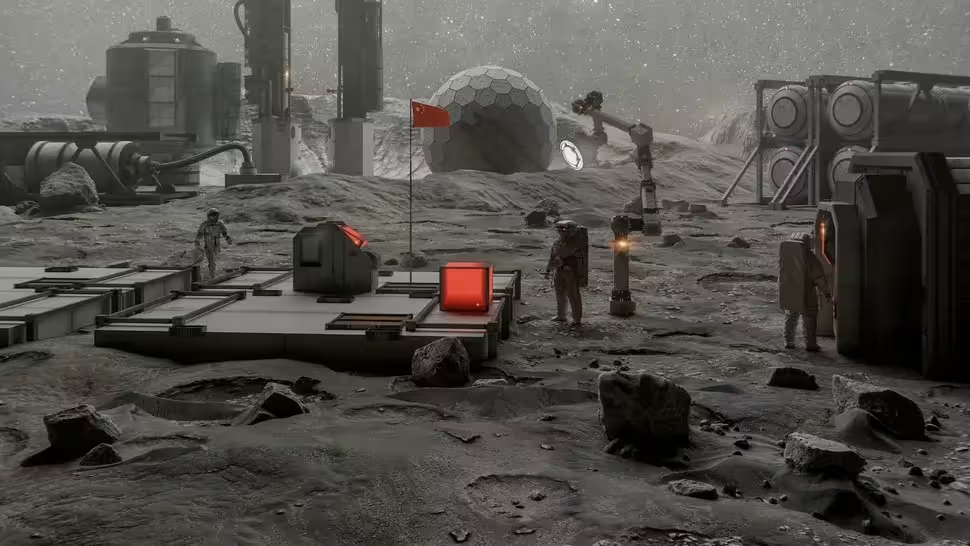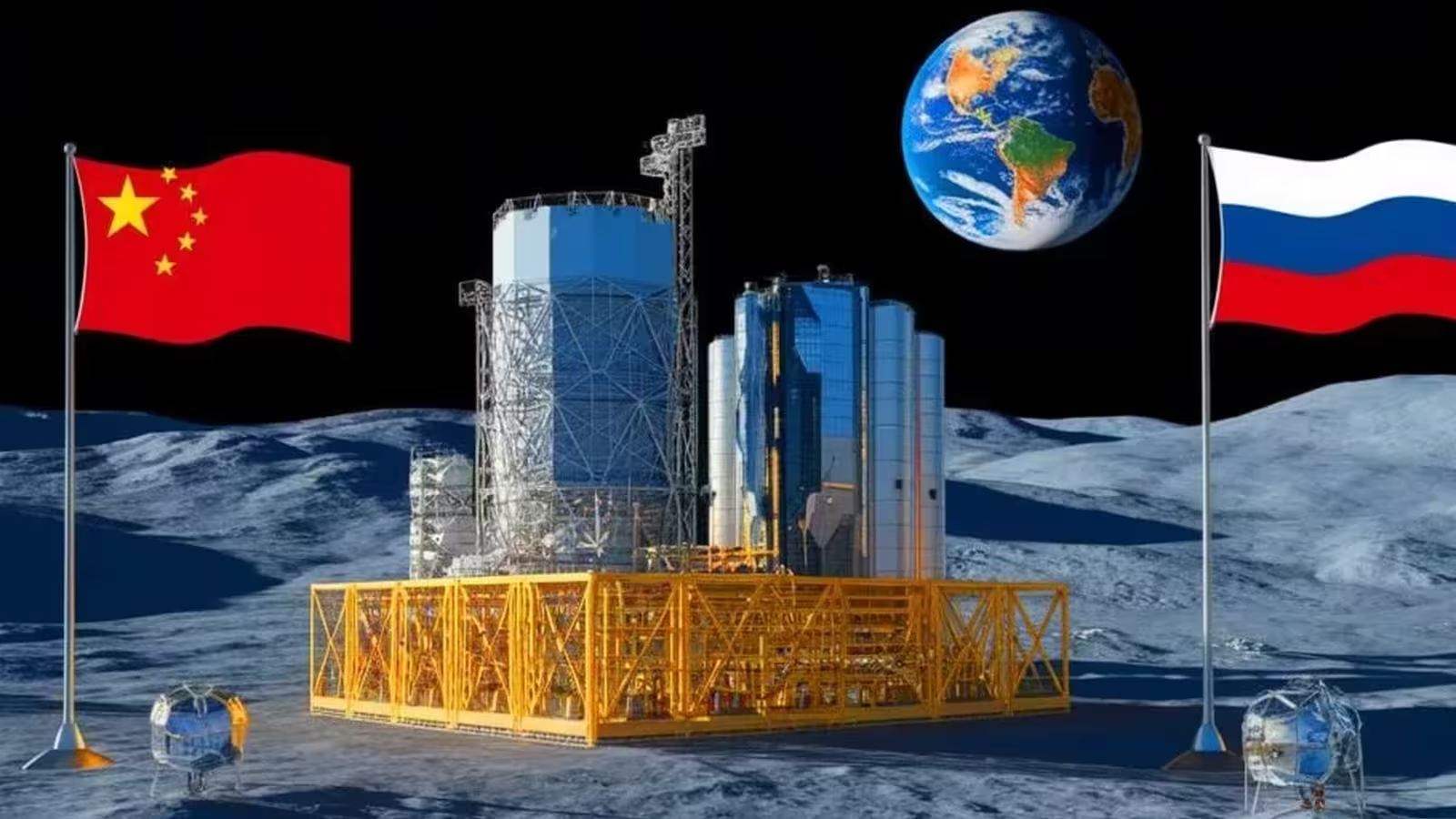3 Minutes
China and Russia to Construct Lunar Nuclear Power Station
China and Russia have formally agreed to collaborate on constructing a pioneering nuclear power station on the Moon, marking a significant milestone in international lunar exploration initiatives. According to a newly signed memorandum of understanding, the two countries will jointly develop a Russian-designed nuclear reactor that will supply power to the planned International Lunar Research Station (ILRS).
Project Timeline and Strategic Context
The ambitious lunar nuclear facility, spearheaded by Russia and China, is expected to be operational by 2036. This development emerges in a competitive context: China announced its lunar nuclear project shortly after NASA released its 2026 proposed budget, which notably omitted funding for a planned lunar gateway station. With increasing geopolitical interest in establishing a sustained human presence on the Moon, reliable energy sources such as nuclear power are becoming essential for supporting long-term scientific research and infrastructure on the lunar surface.
Technological Innovations: Autonomous Construction Without Human Presence
Robotic Assembly and Advanced Automation
One of the most striking aspects of the China-Russia lunar nuclear project is its reliance on autonomous construction. According to Yuri Borisov, the General Director of Roscosmos (Russia's federal space agency), the reactor will be built using self-operating robotic systems, without direct human involvement on the Moon. "The technological steps for autonomous assembly are nearly complete," Borisov stated during a 2024 interview, though he did not disclose detailed technical plans. This approach addresses the significant risks and logistical challenges associated with human construction crews in the harsh lunar environment.

International Lunar Research Station and Global Participation
The upcoming International Lunar Research Station is envisioned as a permanent, crewed facility located near the lunar South Pole—a region known for its scientific value and resource potential. According to a statement from Roscosmos, this facility will advance fundamental space science and develop operational technologies essential for extended unmanned missions before transitioning to human habitation. The ILRS has attracted widespread international interest; so far, 17 nations—including Egypt, Pakistan, Venezuela, Thailand, and South Africa—have expressed intent to participate in this ambitious program.
The foundational infrastructure for the station is scheduled for deployment in 2028 as part of China's Chang’e-8 mission, which will also mark the country's first mission involving astronaut landings on the lunar surface.
Roadmap for Construction and Expansion
China and Russia first unveiled their vision for the International Lunar Research Station in June 2021. Their plan involves launching five heavy-lift rockets between 2030 and 2035 to deliver critical robotic infrastructure to the Moon. Following the establishment of this core facility, both countries intend to expand the outpost with additional launches, eventually connecting it to a lunar orbital station and extending access to terminals located on the Moon's equator and its far side. This integrated approach sets the stage for both robotic and human exploration in multiple regions of the lunar surface.
Conclusion
The joint China-Russia lunar nuclear power plant signifies a groundbreaking step in global space exploration and highlights the pivot toward multinational partnerships in the search for sustainable lunar infrastructure. As development continues and more nations express interest in joining, this endeavor could redefine the future of space settlement and propel humanity toward lasting scientific discovery and innovation on the Moon.


Comments